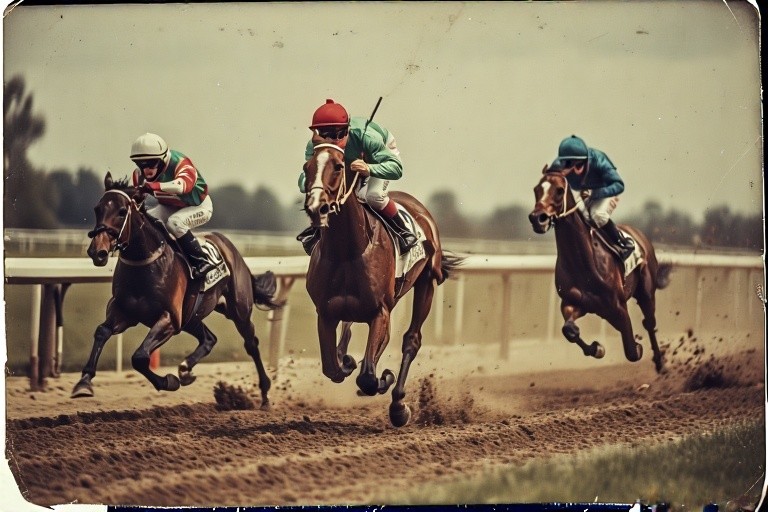Gomathi is an Agile Coach for a globally distributed team on product development and maintenance that has a vision to improve platform stability as well as feature development required to improve revenue generated from the platform.
This team is organized into three scrum teams across India and US. Some of the challenges that this product developments teams are facing are balancing technical upgrade work and features to be developed and keeping the entire team updated about the product.
Gomathi worked with the scrum masters and product owners to have joint sprint reviews as well as code reviews within teams to improve the knowledge of the product. This created a huge impact in the level of understanding of all three teams as they felt included in decision making and an opportunity to change course.
For the challenge of balancing the features vs. technical upgrade have you found teams facing this challenge? What are the options?
Suggested Solution:
There are many ways that technical debts and features can be balanced.
At the outset, there are two models – Lightweight models and Detailed/complex models.
Lightweight models are focused on keeping autonomy of the squads and keeping this balanced at the basic unit of work i.e. within a sprint.
Detailed models are inherited from the project management school where all the work is classified centrally. One of the detailed models is Weighted Shortest Job First (WSJF) and this needs an understanding of the risk as well as the size of execution in relation to the value of doing the initiative. Data required to make such prioritization needs to have a smaller “working committees” setup. These models thrive in complexity and in turn maintained by only a handful of individuals. This leads to anti-patterns of inner circle and outer circle type behaviors.
I wouldn’t completely discount such detailed models. As they have benefits when it comes to scaling and large program execution. In such scenarios, a global coaching team is required for ensuring that all the squads are in the know-how of the prioritization in case detailed models are chosen.
In the challenge for Gomathi, she coached the squads’ alignment towards more autonomy and lesser scope of products. This helped the squad to create an accountability towards the products and improvement in an end to end basis.




